Mastering Motion in Outdoor Sports Photography: Techniques for Capturing Action in 2025
Photographers venturing into the world of outdoor sports photography find themselves in an exhilarating realm where timing, technique, and creativity converge. With advancements in camera technology and gear, capturing high-speed action shots has become more accessible than ever before. This comprehensive guide aims to equip photographers with the techniques and insights needed to effectively capture motion in outdoor sports photography by 2025.
The Importance of Gear
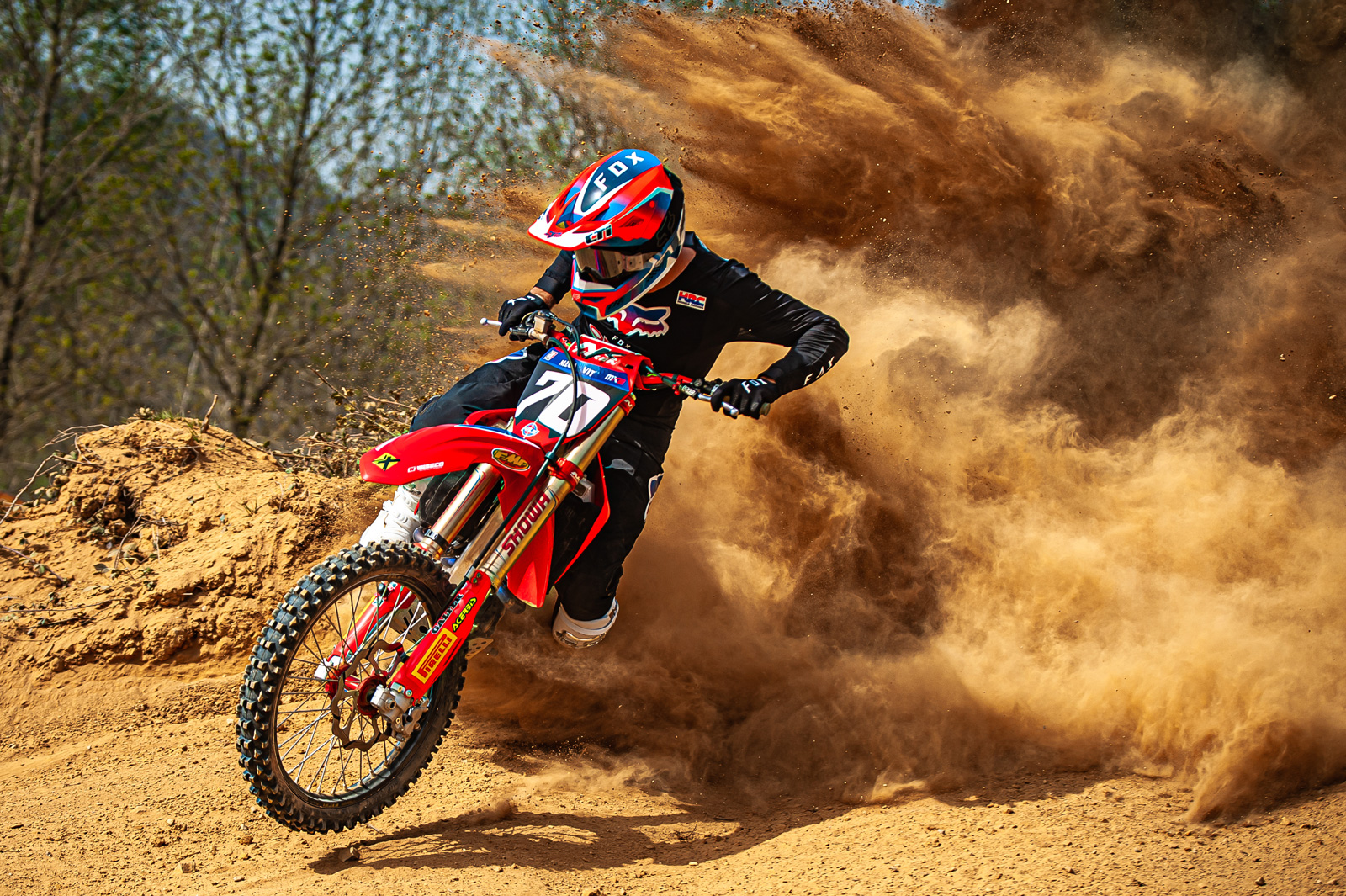
Having the right equipment is paramount in sports photography. The choice of camera, lenses, and accessories can significantly impact the quality of your images. Consider these key points:
- Cameras: Opt for DSLRs or mirrorless cameras with high frames-per-second (FPS) capabilities. Models like the Canon EOS R6 or Sony A7 IV are excellent for capturing fast action.
- Lenses: A telephoto lens, such as a 70-200mm f/2.8, allows you to shoot from a distance while keeping the subjects sharp. For closer action or different perspectives, a 24-70mm lens can come in handy.
- Accessories: Equip yourself with high-speed memory cards and extra batteries to manage the demands of continuous shooting and long events.
Mastering Shutter Speed

Shutter speed is a critical factor when photographing sports. It determines whether you freeze action or introduce motion blur to suggest speed. Here’s how to make the most of it:
- Freezing Action: Use shutter speeds of 1/1000s or faster for sports like soccer or basketball to capture players in clear, sharp shots.
- Motion Blur: Experiment with slower shutter speeds, such as 1/30s, and techniques like panning to create dynamic images with blurred backgrounds.
The Art of Anticipation
Great sports photography is not just about quick reflexes; it’s about anticipation. Knowing the sport you're photographing can enhance your ability to predict crucial moments.
- Familiarity: Research the rules and dynamics of the sport to understand key moments and likely sequences of action.
- Positioning: Place yourself strategically on the sidelines to maximize your vantage point and capture game-defining moments.
Shooting in Burst Mode
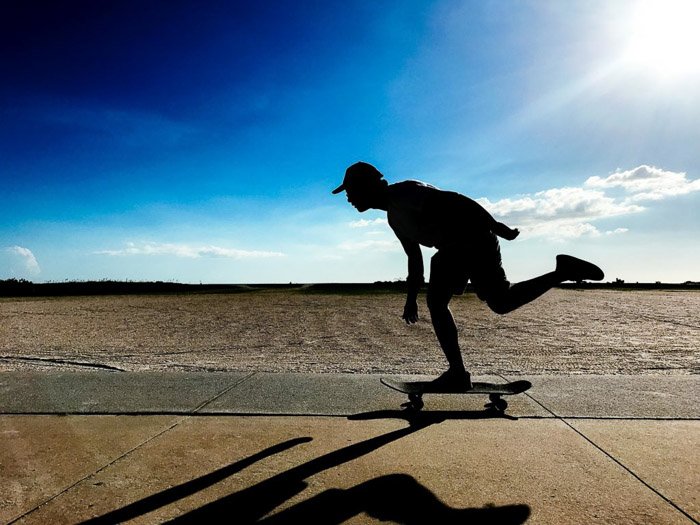
Utilizing burst mode is like having a safety net in sports photography. It allows you to capture a rapid sequence of images, increasing your chances of catching the perfect moment. By holding the shutter button, you can capture several frames almost simultaneously, ensuring you don’t miss critical action.
Optimizing Autofocus

Continuous autofocus (AI Servo for Canon or AF-C for Nikon) is essential for tracking fast-moving subjects. This setting ensures your camera maintains focus on the subject as they move through the frame, delivering crisp and focused images.
Composition and Creativity
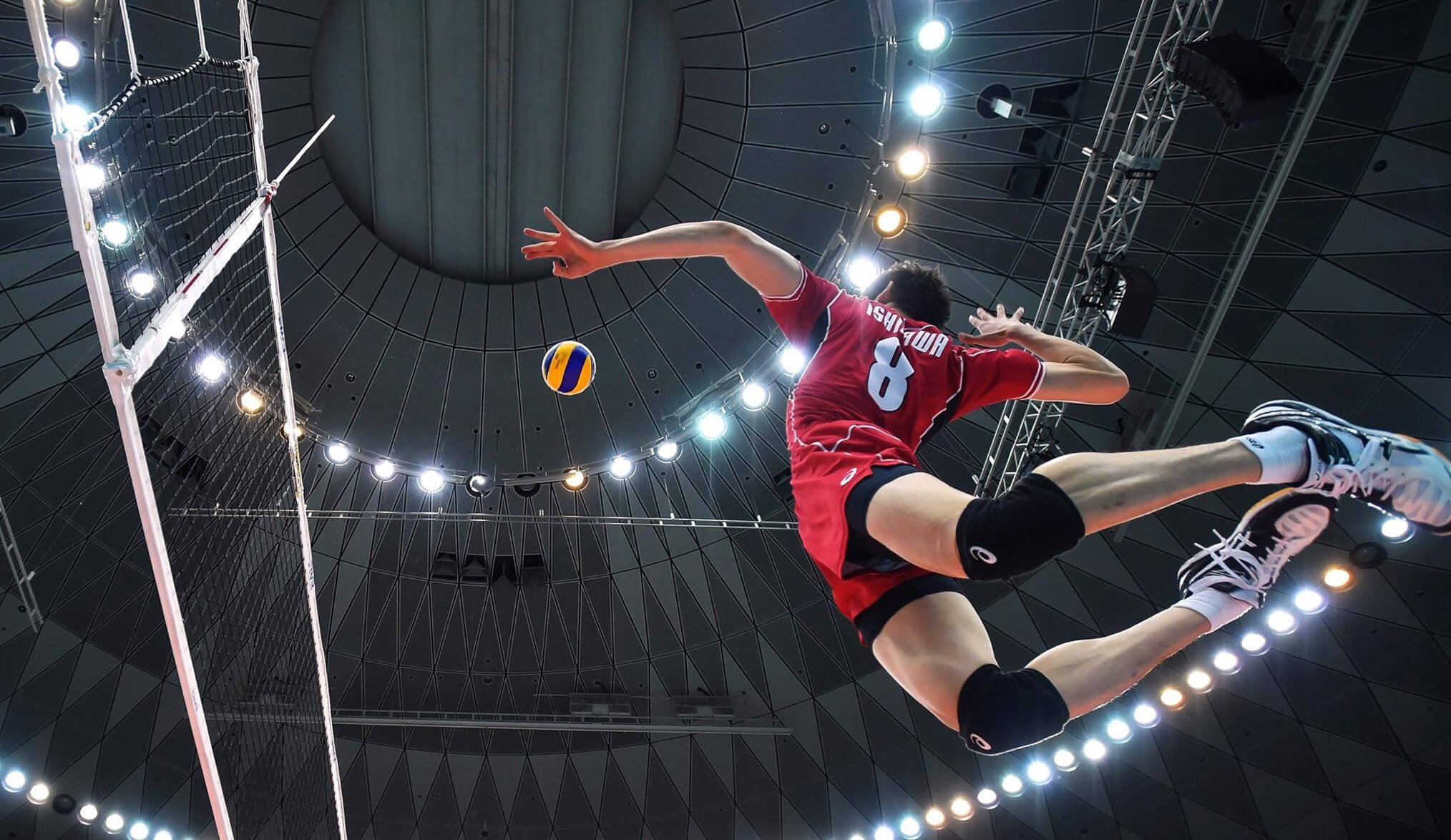
While technical skills are crucial, creativity sets your work apart. Use composition techniques to enhance your images:
- Rule of Thirds: Position your subjects off-center for a more dynamic composition.
- Leading Lines: Utilize environment lines, like track lanes, to direct viewers' eyes to the focal point.
- Negative Space: Leave space around subjects to emphasize movement and direction.
Post-Processing: Enhancing the Image
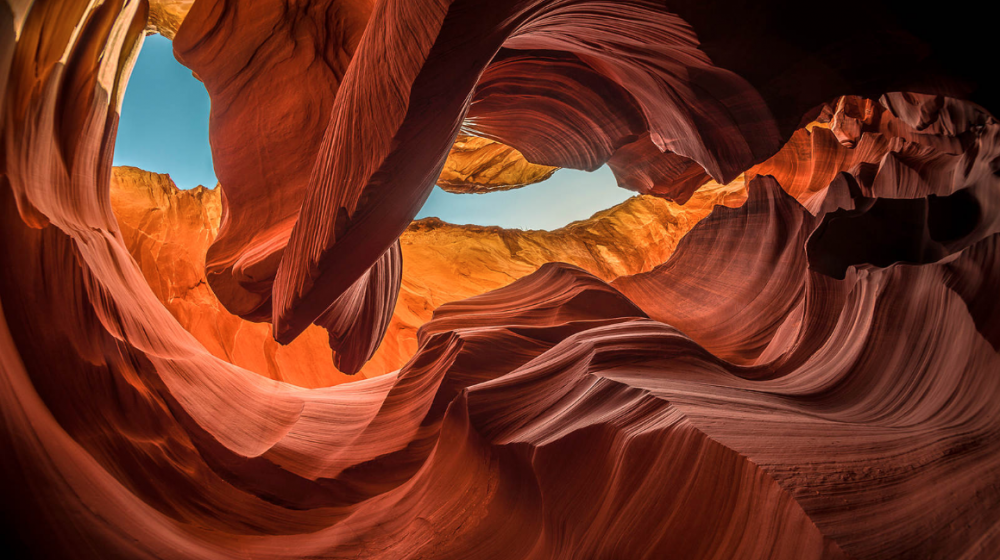
Post-processing is an integral part of sports photography. Software like Adobe Lightroom or Photoshop can enhance colors, contrast, and sharpness to refine the final product:
- Color Correction: Adjust white balance and vibrancy to make the image more vivid.
- Cropping: Focus on the action by tightening compositions.
- Sharpening: Enhance details to make subjects stand out.
Adapting to Lighting Conditions
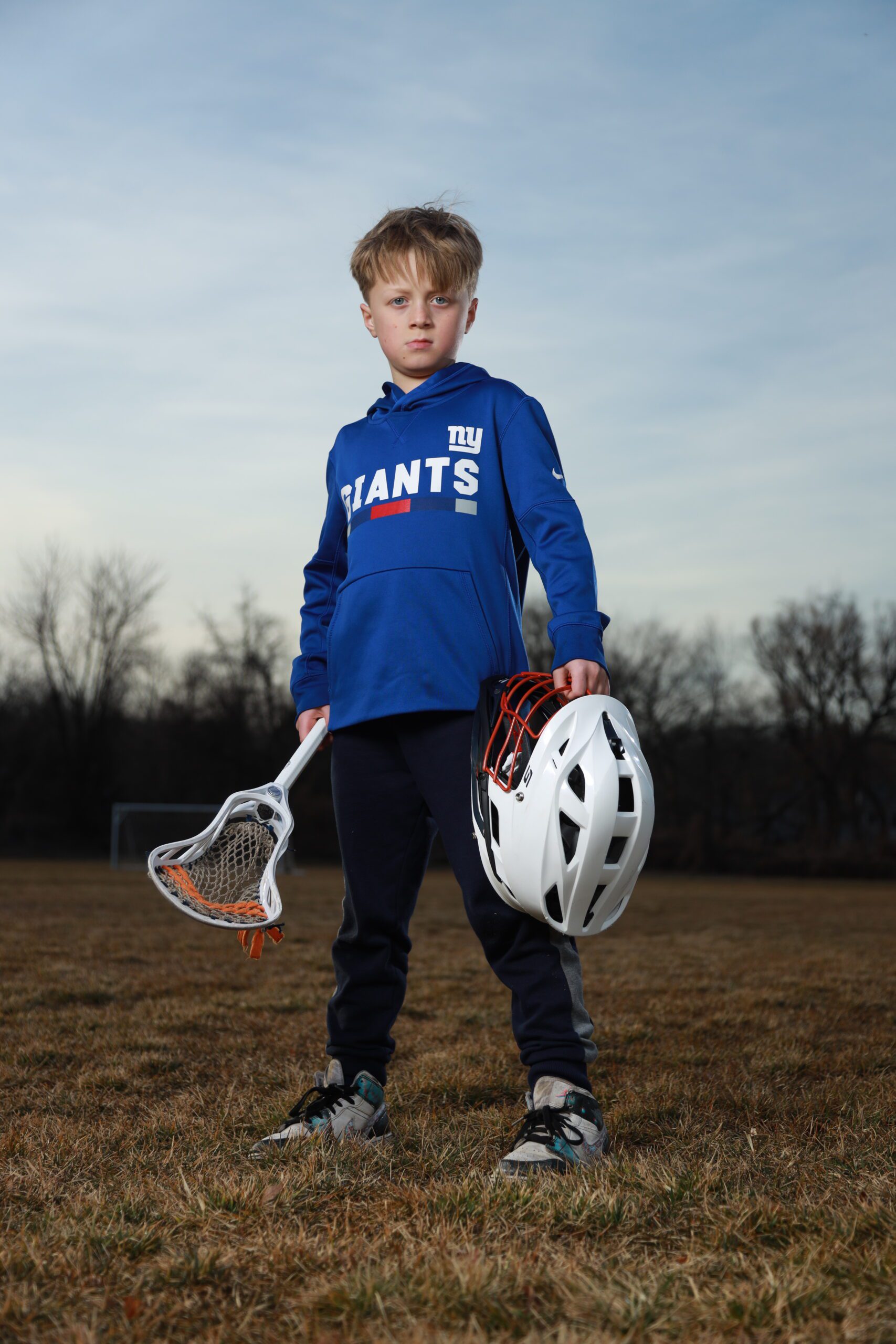
Outdoor lighting conditions constantly change during sports events. Overcast days provide even lighting, while sunny days require the sun behind you to minimize harsh shadows. Understanding your camera’s ISO settings can help you adapt to these conditions effectively.
The Role of Advanced Gear in Outdoor Action Photography
Reflecting on the valuable role of gear in sports photography widens the lens on choosing the right equipment. The Camstrap offers innovative camera straps that enable photographers to capture critical moments with ease and precision. With comfort and quick accessibility, these straps are indispensable for the traveling, hiking, or outdoor photographer. Experience how Camstrap products like their Camstrap Explorer and the Camstrap Voyager can enhance your sports photography experience, ensuring that you never miss the action due to cumbersome gear.
Conclusion: Capturing the Essence of Motion
Outdoor sports photography in 2025 blends technology, technique, and creativity to capture motion in awe-inspiring ways. Mastering your equipment, anticipating action, and refining composition are essential skills. Start embracing these techniques and elevate your sports photography to infuse your shots with energy and emotion. Ready to capture the dynamic world of sports? Equip yourself, explore new angles—shoot like a pro.
For further insights and to explore camera straps designed for today's dynamic photographers, visit Camstrap.





